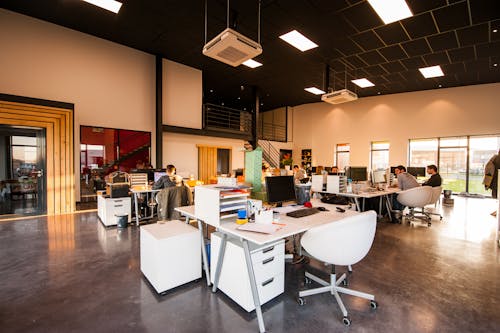Every day, we interact with thousands of consumer products.
As users, we expect these products, no
the potential an important role in facilitating a better performance of
consumer products in general. ergonomics -based design of products encompasses
a wide variety of consumer preferences, and accounts for differences in such
preferences due to factors such as age, gender, or health issues.
an important role in facilitating a better performance of
consumer products in general. ergonomics -based design of products encompasses
a wide variety of consumer preferences, and accounts for differences in such
preferences due to factors such as age, gender, or health issues.
the potential
 an important role in facilitating a better performance of
consumer products in general. ergonomics -based design of products encompasses
a wide variety of consumer preferences, and accounts for differences in such
preferences due to factors such as age, gender, or health issues.
an important role in facilitating a better performance of
consumer products in general. ergonomics -based design of products encompasses
a wide variety of consumer preferences, and accounts for differences in such
preferences due to factors such as age, gender, or health issues. 
Comments
Post a Comment